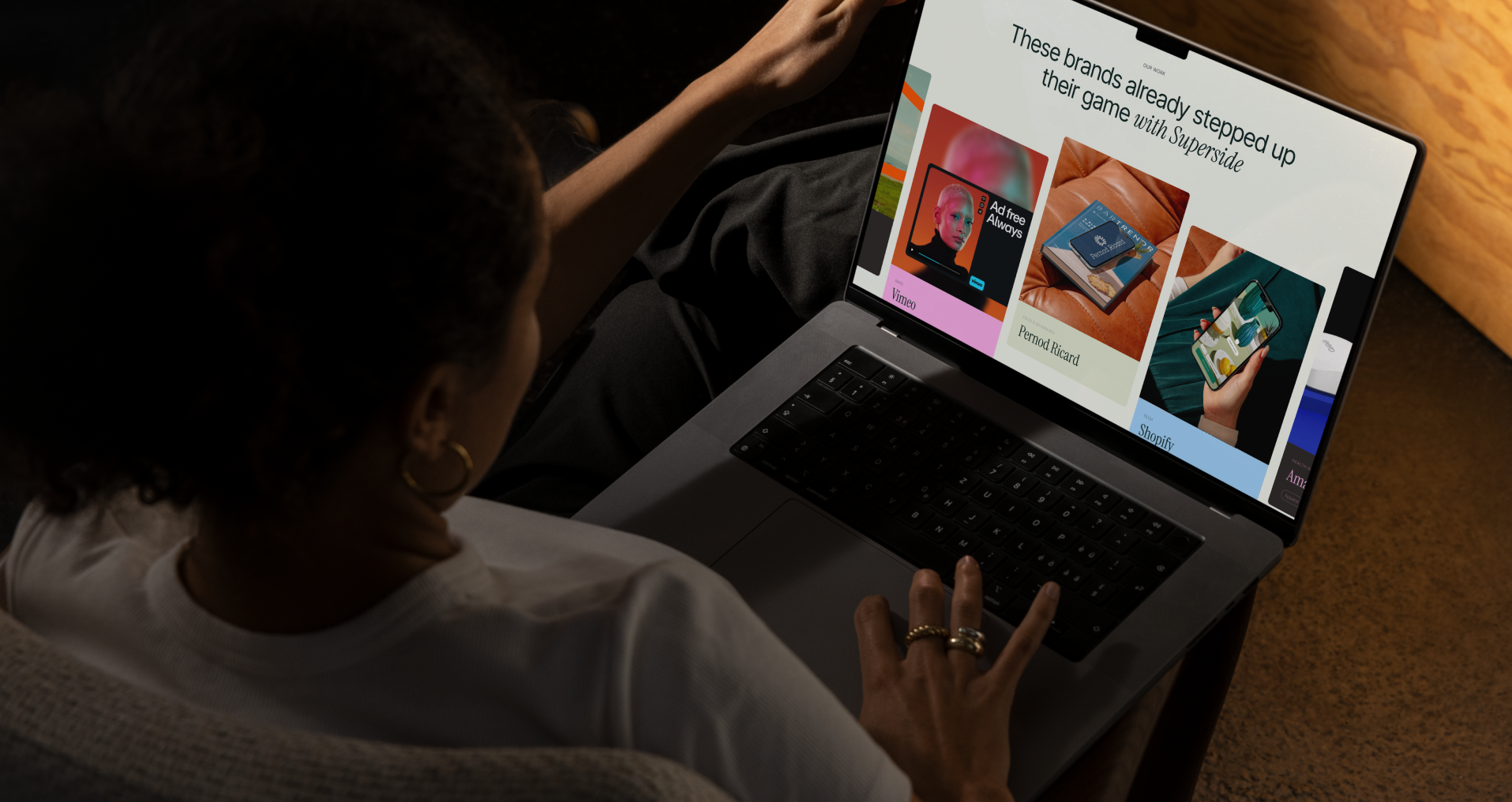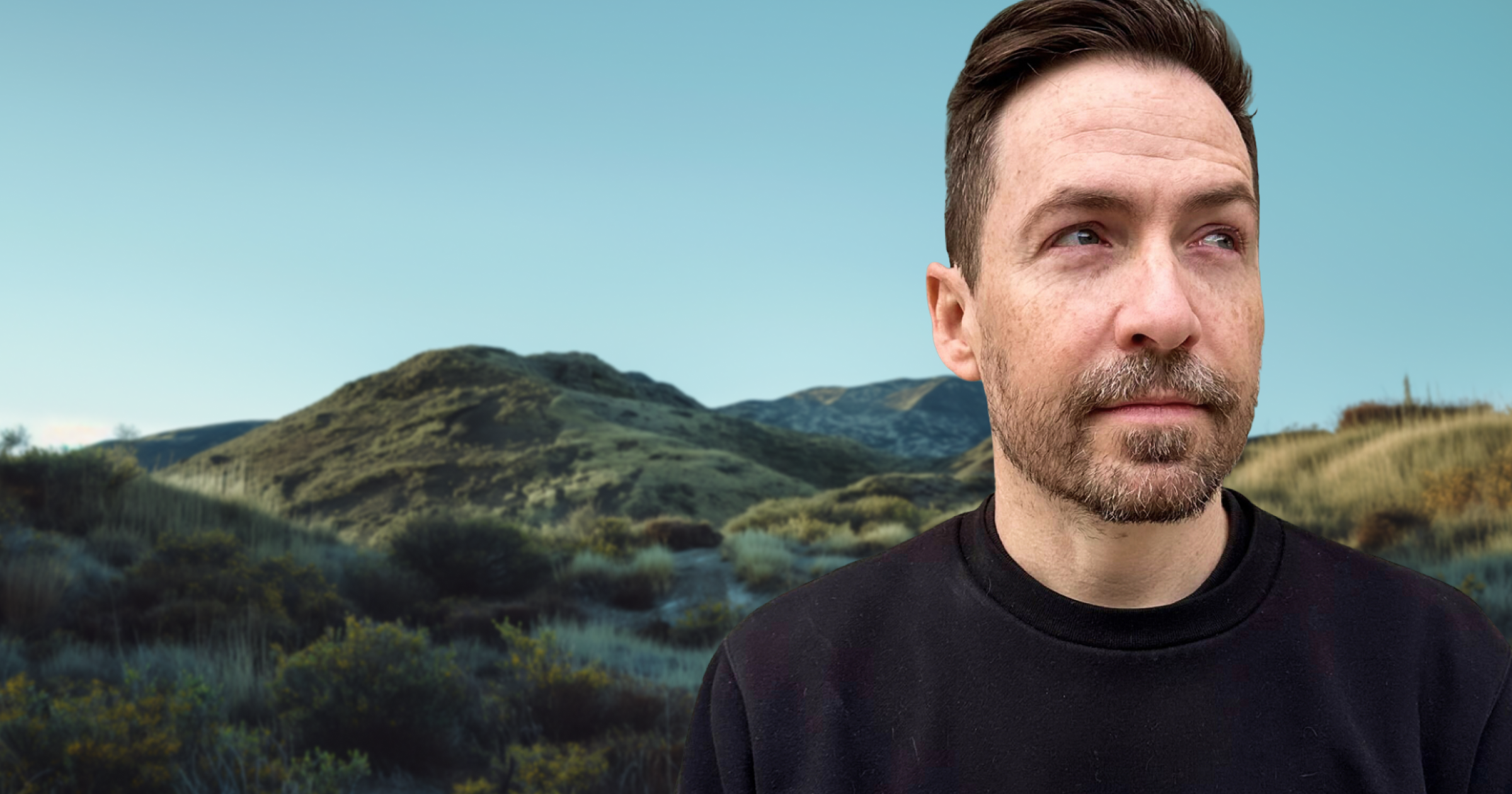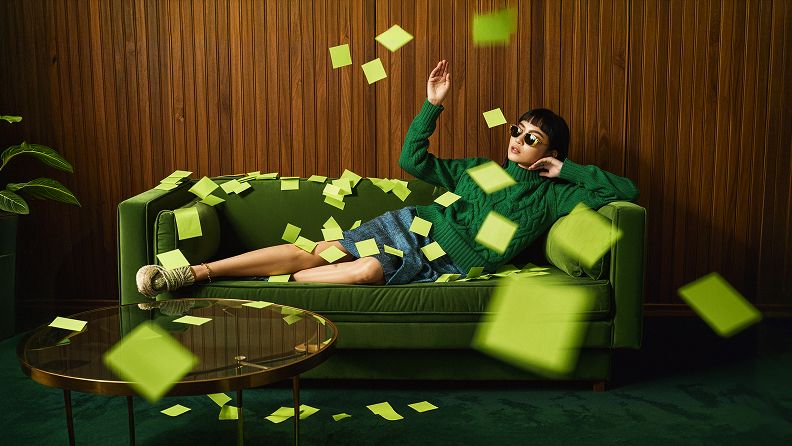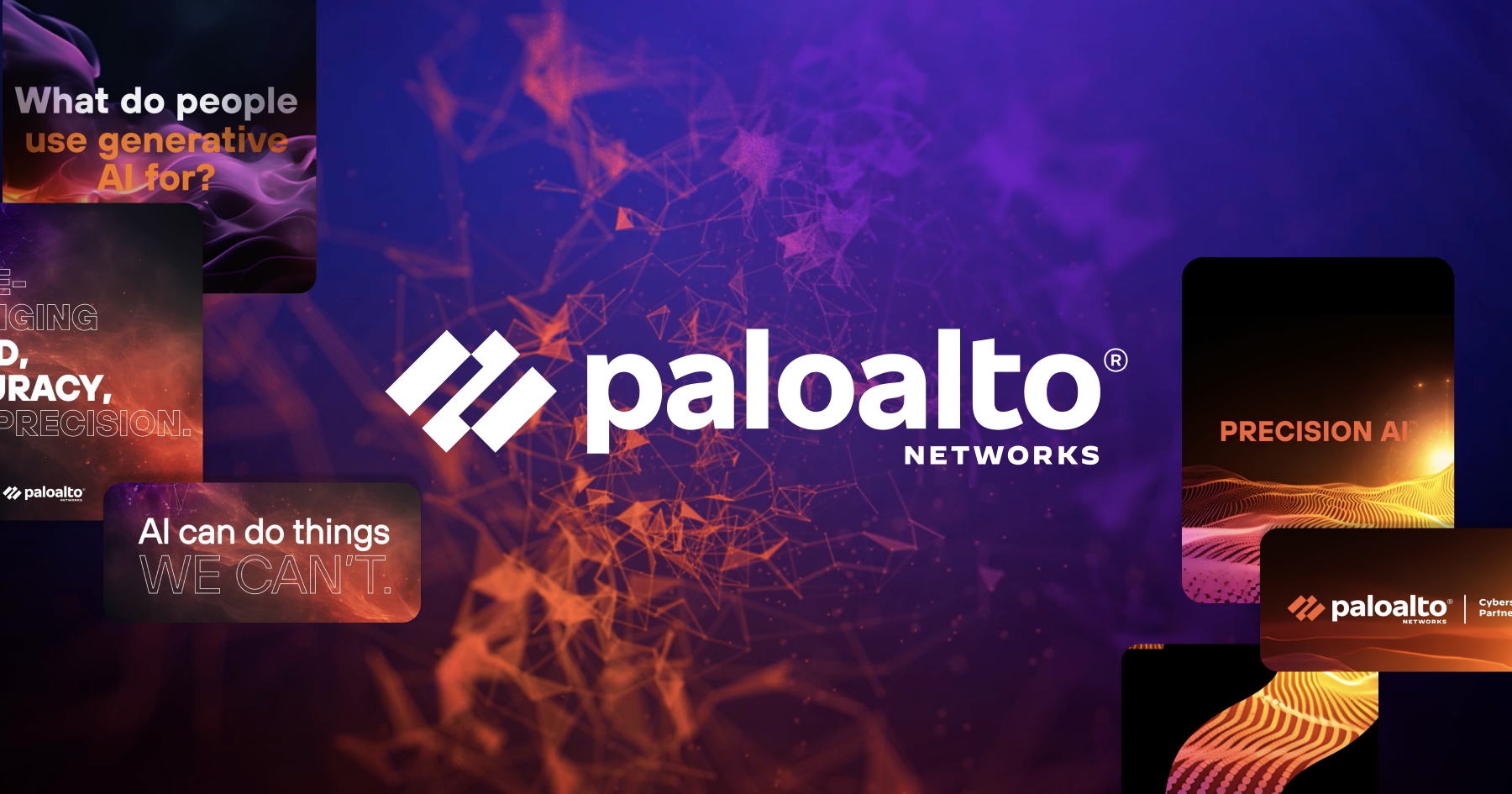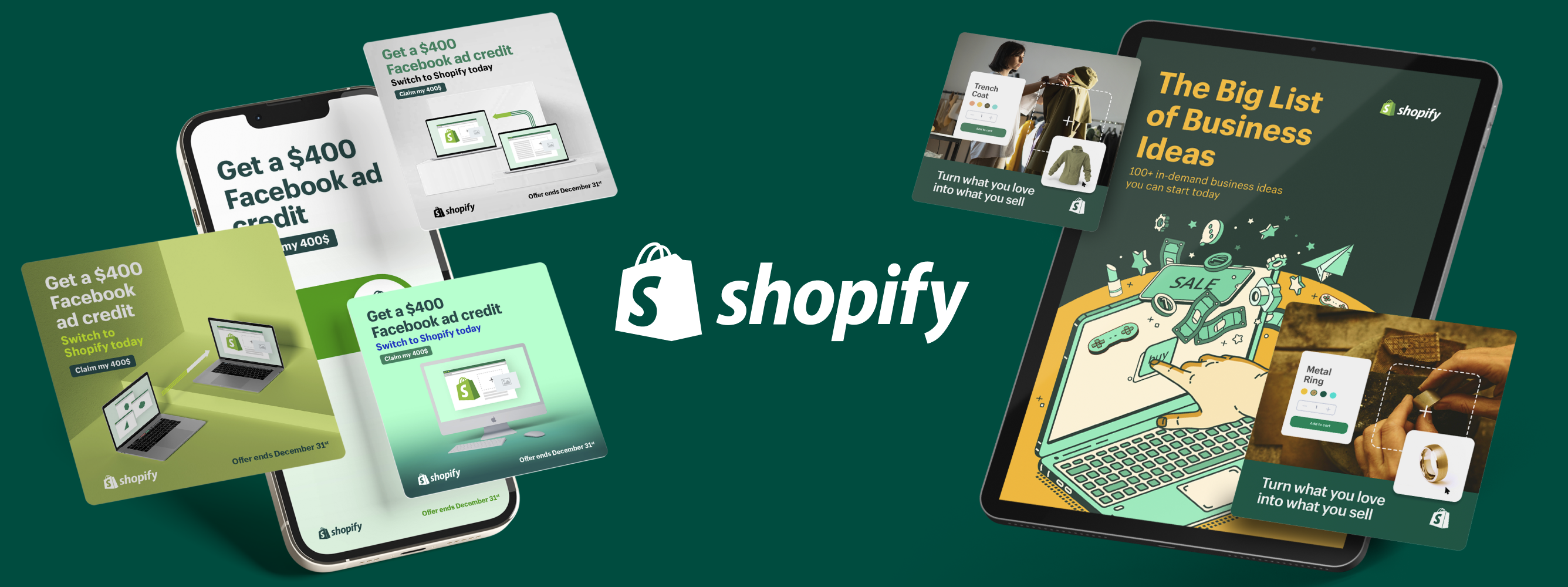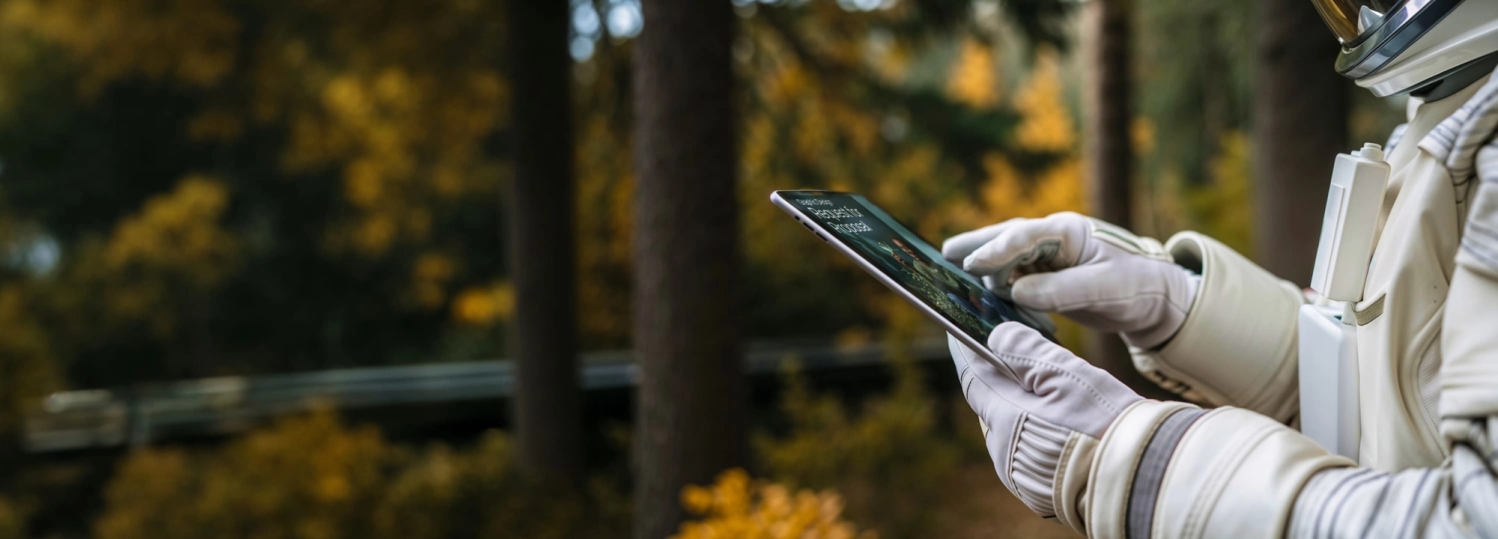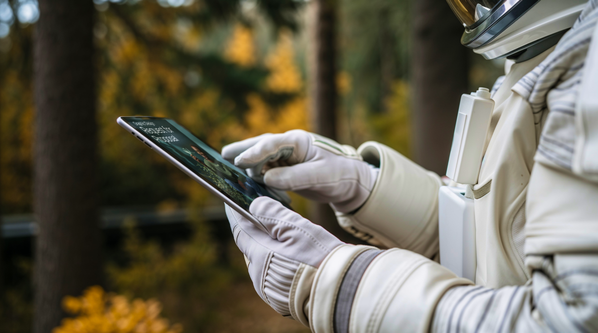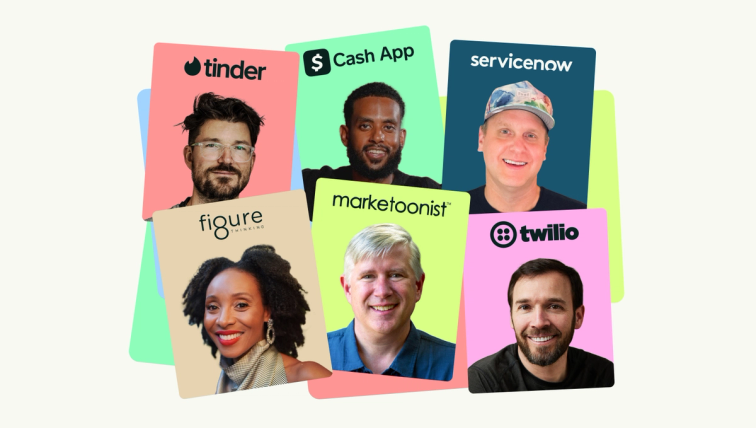Enterprise Graphic Design RFP Best Practices (Checklist Included)

Requests for proposals (RFPs) are a classic business step in both enterprise and mid-market procurement processes. But, what about when you're requesting creative services and looking for a partner that meets your needs? A veteran of the RFP process, Superside Director of Enterprise Solutions, Adam Hawes, shares his insights for creating and issuing graphic design RFPs. (Downloadable checklist included. 📋)
For enterprise and mid-market businesses looking to enhance their creative capabilities and scale overall capacity, issuing graphic design RFPs are an essential part of the formalized procurement process for agencies, contractors and other external partners.
RFPs create a structured, transparent framework for assessing and comparing service proposals from different outsourced creative partners.
- As an internal stakeholder, your opening role is to lay out your creative needs and timelines, communicating efficiently to prospective partners exactly what you’re looking for in a business relationship.
- In turn, these prospective creative service partners are asked to put their best feet forward demonstrating why their capabilities, capacity, skills, tools and scale are the best fit.
On average, respondents spend around 30 hours of writing time developing their proposals. While it varies, you can expect to put just as much time into writing your RFP, evaluating the responses, communicating with procurement and selecting the winner of your work and budget.
Why does this matter?
- Studies have shown that 37% of RFP responses aren’t complete, accurate or otherwise helpful.
- 66% of those issuing RFPs include irrelevant information.
How do you avoid costly mistakes? Here are a few best practices and tips, gained from more than 20 years of first-hand experience in developing and responding to creative outsourcing RFPs—along with a helpful checklist for continued RFP success.
Three Best Practices for an Efficient Graphic Design RFP Process
Writing an RFP is only one part of the extensive, hands-on process of finding a new outsourced creative partner. You'll be working cross-departmentally within your business, while simultaneously interacting with a range of external vendors and partners participating in the RFP bidding/winning process—all of which means you'll want to be as methodical and repeatable as possible.
1. Know your RFP process and engage stakeholders
Regardless of how experienced you may or may not be with creating RFPs, knowing your company's historical RFP processes and staying informed of any procedural updates or procurement requirements ensures stakeholder engagement and prevents any unexpected omissions or changes.
This isn’t just pre-work—it’s key work.
- Learn the RFP process. Any time you need to work with an external vendor, you’ll need an RFP. In short, your first step—connect with your procurement team first. Get the most recent and relevant RFP templates and step-by-step overviews.
- Find out who you'll be working with. In both enterprise and mid-market companies, a request for design and/or creative services often involves people from several different business areas. Identifying key stakeholders—such as creative leads, marketing leads, procurement, accounting, legal and IT. Engaging and aligning with them before the formal RFP process begins greatly reduces internal conflict, helping you assign responsibilities efficiently at each stage.
- Determine the information that you'll need—and who’ll provide it. Come into the process with a solid knowledge of what you want and how you want it done—down to the level of budgets, timelines and prospective vendors to include. Own your part of the information gathering and notify stakeholders of the documentation you’ll need from them—and when you'll need it.
- Assign roles and responsibilities. While lead stakeholders will be involved from RFP creation through vendor/partner selection, other stakeholders may only be best consulted at key stages. Clarifying roles and responsibilities as early as possible lets lead stakeholders know who to connect with and when—while promoting an increased sense of ownership and commitment for everyone involved.
- Build timelines and schedule check-ins. Communicating to your RFP respondents all expected delivery targets and milestones upfront is a crucial part of a sustainable and repeatable RFP and, overall, external business process. As the selection process builds to a decision, be prepared to deliver expectations for consistent virtual, in-person and/or sync touchpoints toward final delivery.
2. Use a template and checklist to gather key information
Creative RFPs tend to follow a relatively similar format and/or template. If your company already has a template, your focus will be on compiling information and documenting needs within the main sections of the RFP. The checklist below will help you ensure consistent, repeatable RFP success.
Key information to include in a creative services RFP
Here’s an overview of the five main parts of a traditional creative and design RFP and the information you'll want to provide or ask the respondents to share. Note: The downloadable checklist also captures all this information.
- Company overview. Help participants get to know you by sharing:
- A short description of your company and brand.
- The high-level reasoning behind the RFP.
- Scope of work (SOW). This is the direct “ask” of the RFP. Be as clear and specific about the work, expectations and requirements as possible.
- Clarify if you’re looking for a short- or long-term partnership, limited or ongoing project, single or range of creative services, etc.
- State the primary goals and objectives. Be direct and precise here.
- Include key market and audience information, linking to relevant research, data and profiles.
- Define the types of creative services you’re looking for. This may include the priority (primary, secondary, optional) and scope (strategy, concept, production).
- List all the main deliverables and publishing channels, including channel-specific requirements.
- Outline the project or partnership timeline, including the full duration, kick-off, milestones, delivery dates and end date.
- State the expected budget, payment terms and payment methods.
- RFP timeline. Summarize your expected timeline for the RFP process, from kickoff to vendor selection. Keep this short and to the point.
- Evaluation criteria. Share the primary ways in which you’ll be comparing vendors and their proposals.
- Be specific and indicate which criteria carry the most weight.
- Give an overview of an ideal creative partner and go into further detail calling out key qualities or differentiators, such as:
- Return on Investment (ROI). Offering efficient, cost-effective services and a desire to continually add value to the relationship.
- Collaboration & Communication. A commitment to and ability to support collaboration and communication. Including productivity apps and design software.
- Use of Innovation. Ability to think creatively and integrate the latest design trends, like sustainable design or generative AI integration.
- Diversity & Inclusion. State clearly if and how your company may require specific DEI elements in proposals, presentations and representation with your business partners.
- Return on Investment (ROI). Offering efficient, cost-effective services and a desire to continually add value to the relationship.
- Submission guidelines. Share openly how you'd like participants to submit their proposals and outline essential business information and submission requirements, including:
- Proposal Format & Submission Details
- Presentation deck
- File sizes and formats
- Submit via e-mail, portal, etc.
- Presentation deck
- Vendor Information
- Company name
- Business address
- Date of establishment
- Business registration
- Proof of financial position
- Payment terms and methods
- Other business information relevant to the specific RFP ask
- Team & Resourcing
- Company structure
- Team and talent location(s)
- Onboarding process
- Project management and talent allocation
- Primary design software and tools
- Capacity
- Quality & Service
- Number of referrals required and format
- Industry experience
- The dedicated resources provided
- Communication and reporting processes
- Technology used to support quality & service
- Standard service level agreement (SLA)
- Legal & Compliance
- Data & security
- Environmental, social & governance
- Any AI-related documentation
- Non-disclosure agreements
- “What Else”/“How Are We Different”
- Provide space for partners to call out key insights or reasons why they should be considered.
- Proposal Format & Submission Details
3. Research potential creative services partners
In an ever-changing graphic design and creative services partner landscape, time spent researching, connecting with peers and staying informed on agency changes, partner types, client business, competitor agreements and more will both enhance and solidify the writing and creation of current and future RFPs.
How Can I Learn More About Superside?
That’s simple, schedule a call. You can tell us about your team and your challenges—and we can share more about our expertise in partnering with teams exactly like yours to provide world-class creative services and support.
Agencies are not your only answer. Not anymore. There’s a better way to get creative done—and there’s a reason why we’re your creative team's creative team.
Creative Outsourcing RFP FAQs
Michelle enjoys learning from and empowering ambitious marketers and creatives focused on scaling design and fueling growth.🚀 With more than two decades of experience, she’s worked at both agencies and in-house teams at companies of all sizes in the United States and Canada. She began her career as an advertising copywriter, remastering these skills as a content marketer and becoming a subject matter expert on everything from frozen pies and financial statements to SaaS and now CaaS. Connect with her on LinkedIn.
Superside's Director of Enterprise Solutions, Adam Hawes, has over 20 years of enterprise creative, design and marketing experience at Fortune 100 leaders, such as Microsoft, Apple, Qualcomm and more. Having worked on all sides of traditional, modern and AI-informed RFP processes, he brings a unique perspective and depth to his role. To learn more, connect with him on LinkedIn.
You may also like these
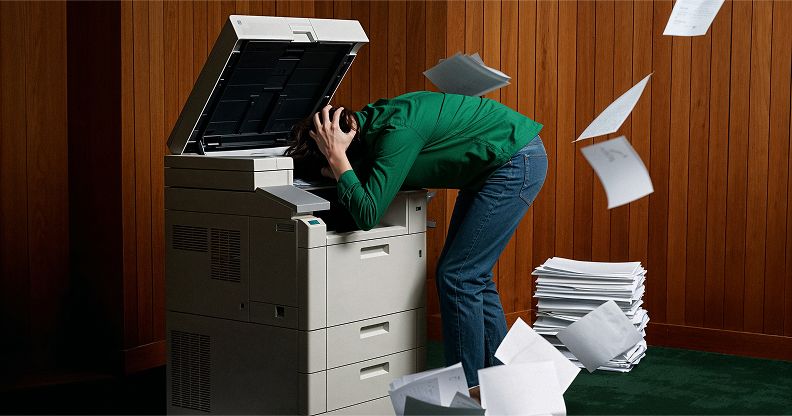
The funny side of creative marketing
Between endless revision cycles, AI panic and marketing trends changing faster than we can say “metaverse,” burnout is real. But here’s the good news: there’s one thing that can help teams push through the chaos and creative clutter—humor.At Superside’s recent Overcommitted Virtual Summit, cartoonist and marketing legend Tom Fishburne reminded us that laughter isn’t just a coping mechanism—it’s a creative superpower. In this recap, we’ll break down the biggest insights from the session. (Plus a few marketing mishaps you definitely don’t want to repeat).The case for creative comedyHumor is everywhere and it only takes opening our eyes to find it in our day-to-day lives. Fishburne kicked things off with a story about his dishwasher breaking down. The screen flashed “FU” over and over again—turns out, that stood for “failed unit.” While hilarious in hindsight, it was also a perfect metaphor for how brands often get in their own way.Marketing and creative teams work tirelessly on campaigns, yet somehow, the final product can feel like a robotic, soulless mess. Why? Teams are too busy and we take ourselves too seriously.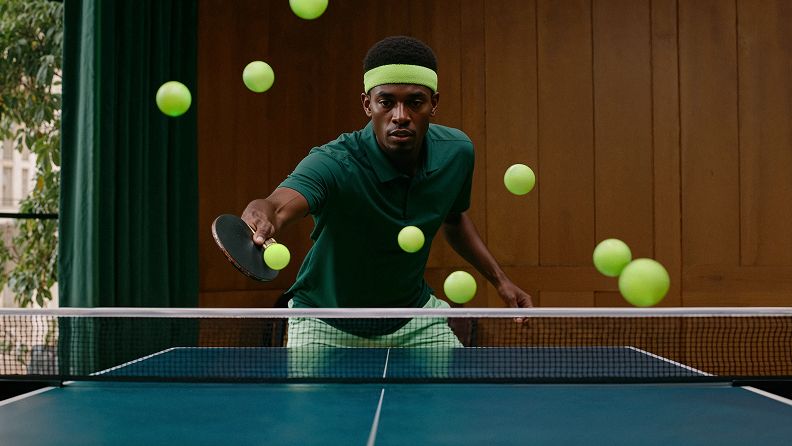
The new era of creative leadership
Sometimes, it can feel like burnout is the only constant for creatives. We’ve heard it from creative teams over and over again, from small brands to global powerhouses. There is a seemingly never-ending list of assets that need to be built and campaign deadline after campaign deadline.Not only that, but almost every project is critical. When we spoke to 200+ creative leaders about the issues affecting their teams for Overcommitted: The State of In-house Creative Teams in 2025 report, they shared that 55% of their projects were marked “high priority”.When everything is important, how do you manage business demands while helping your team maintain their creative integrity (and not burnout)?We went to one of the experts to find out. James Hurst, former creative director at Tinder, joined us for our Overcommitted Virtual Summit to share his experience in prioritizing what matters, culture-building, risk-taking and his thoughts on the role of artificial intelligence (AI) in creativity.1. Stop creative burnout
Wonder & rigor: Creative frameworks for burnout
We’ve all been there—staring at looming deadlines, feeling uninspired and wondering where the energy for big ideas went. Creativity isn’t just about generating fresh ideas—it’s about keeping the spark alive in a fast-moving world.If you’re feeling stuck in the grind—caught in back-to-back meetings, swamped with admin work or just lacking time for meaningful creative thinking—you’re not alone.What if we could work differently instead of just working harder?At the Overcommitted Virtual Summit, Dr. Natalie Nixon introduced the WonderRigor™ Framework, a refreshing approach to balancing imagination and execution. It’s not about piling on more work—it’s about bringing back the energy, excitement and curiosity that make work fulfilling.If you’re ready to shake up your routine, rediscover creative flow and bring more meaning to your work, this creative framework can help.
